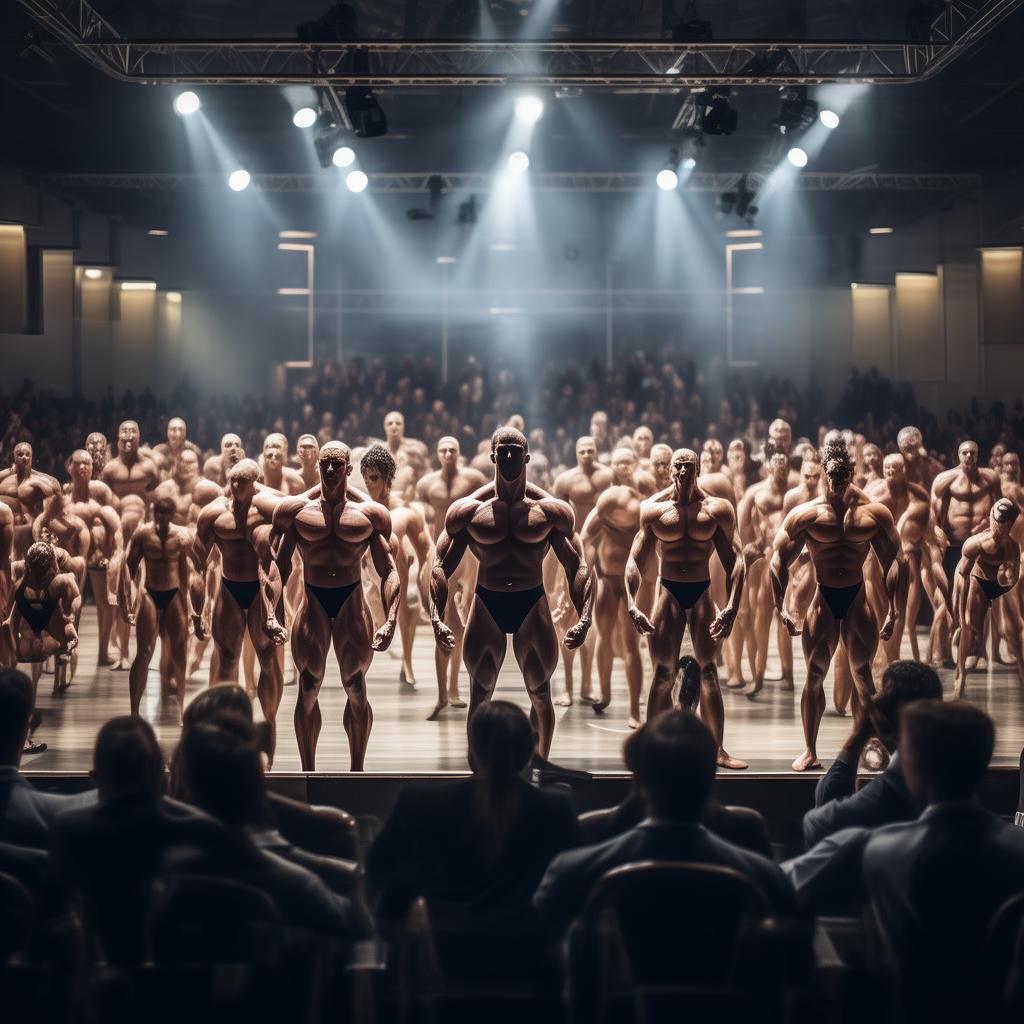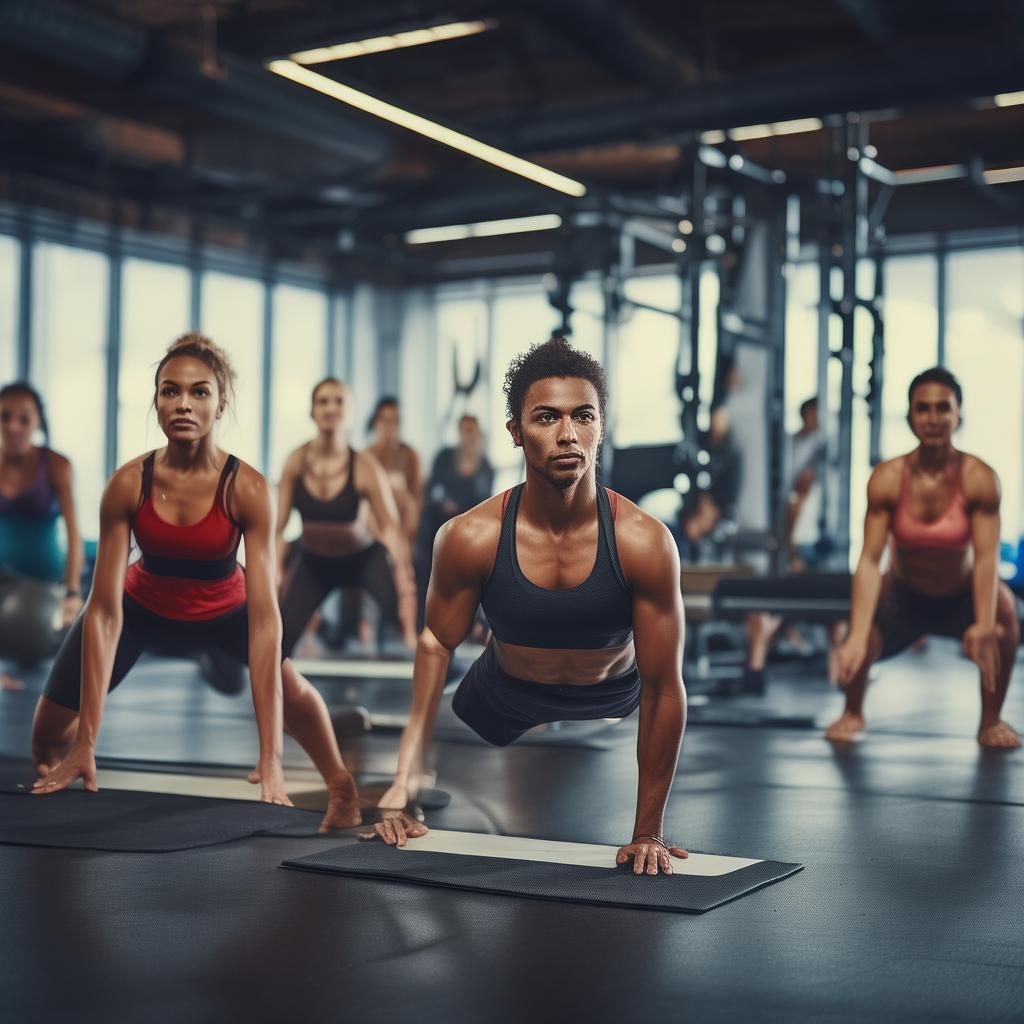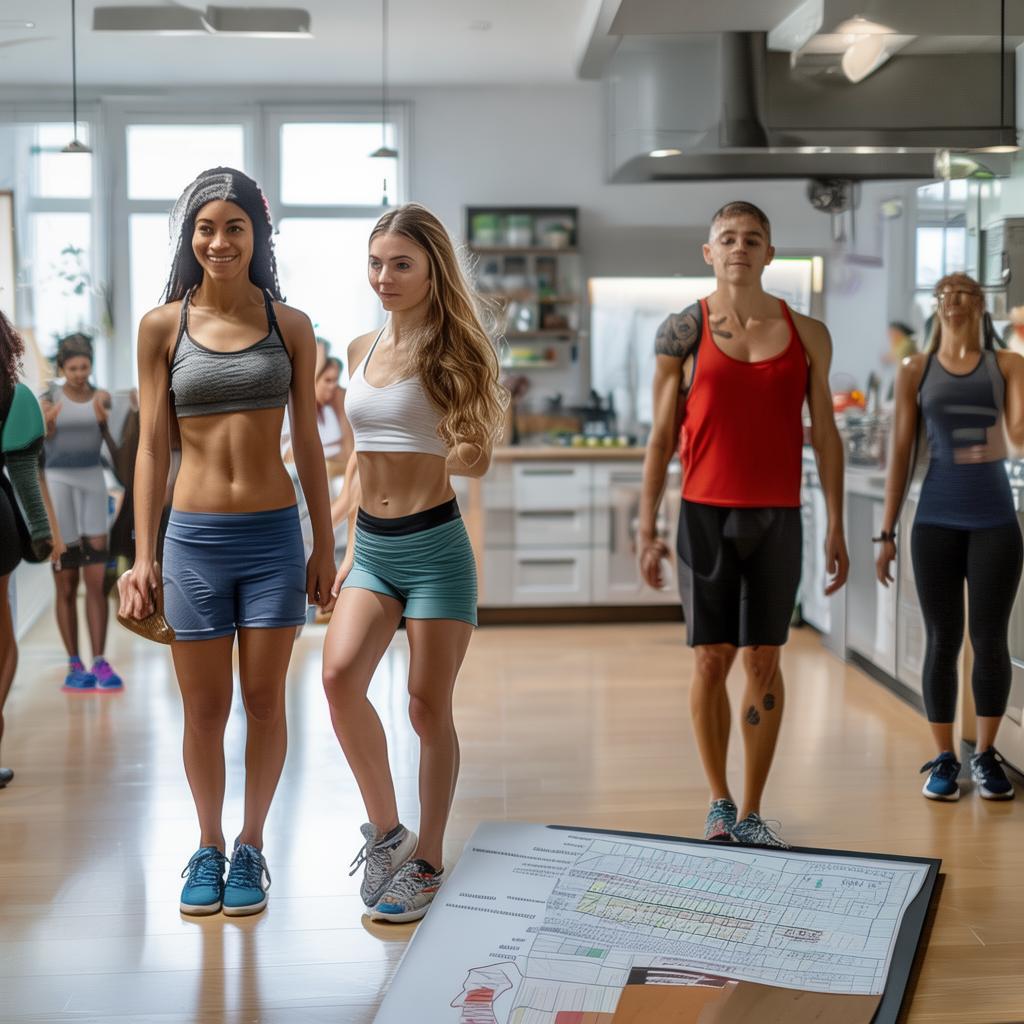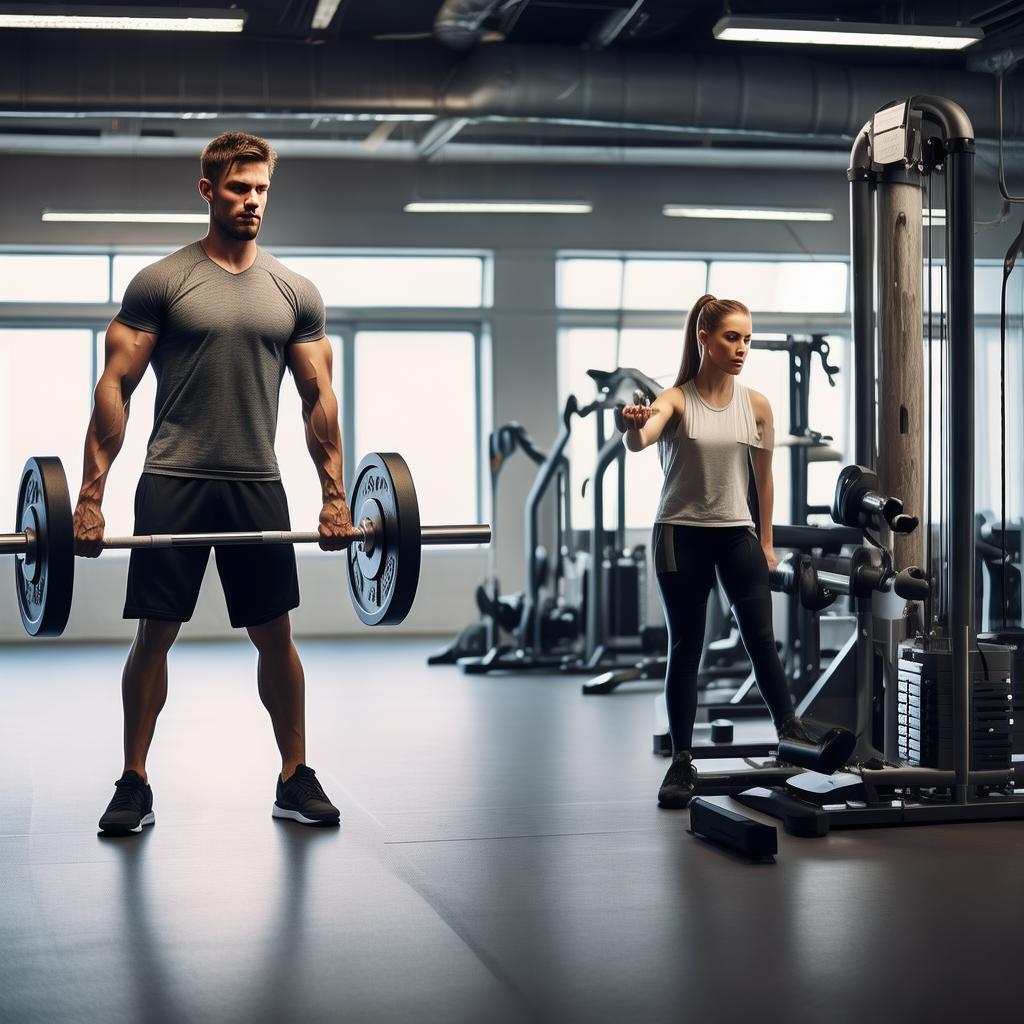Introduction to the New Series
In the previous series on this channel, numerous historical celebrities in the fitness world have been introduced. Some of them are regarded as benchmarks in bodybuilding and power – lifting legends. Now, in this new series, we will take a comprehensive look at the most popular types of fitness competitions in recent years, aiming to help fitness enthusiasts easily understand and watch these competitions. We kick – start this new exploration with the well – known bodybuilding competitions.
Project Settings in IFBB Bodybuilding Competitions
The IFBB bodybuilding competitions have a wide range of project settings, including men’s bodybuilding, men’s classical bodybuilding, women’s fitness, men’s fitness, women’s physical fitness, women’s bikini, women’s fitness, men’s fitness, children’s fitness, co – ed, men’s wheelchair fitness, women’s fitness model, men’s fitness model, and women’s health fitness.
Intermediate – level Categories in IFBB Competitions
Men’s Bodybuilding
IFBB men’s bodybuilding competitions are classified into 9 categories based on weight:
1. Lightweight: 65 kg and below (only open in Asia and South America, likely due to the generally taller bodybuilders in the USA and Europe).
2. Lightweight: 70kg and under.
3. Middleweight: 75kg and below.
4. Middleweight: 80kg and below.
5. Middleweight: 85kg and below.
6. Light heavyweight: 90kg and below.
7. Light heavyweight: 95kg and below.
8. Heavyweight: 100kg and below.
9. Super heavyweight: 100kg and above.
World Young Men’s Bodybuilding
The IFBB world young men’s bodybuilding competition has the following categories:
– 16 – 19 years old (optional): One open category.
– 20 – 21 years old (optional): One open category.
– 22 – 23 years old (optional): 75 kg and under; 75kg and above.
Or only for those aged 16 to 23 years old (inclusive): 75kg and below; 75kg and above.
World Bodybuilding Masters
The IFBB world bodybuilding masters is divided into 12 categories, with the main ones being:
– 40 to 44 years old (inclusive): Lightweight (70kg and under), Medium weight (80kg and below), Sub – weight (90kg and below), Heavyweight (Over 90kg).
– 45 to 49 years old (inclusive): Light weight (70kg and under), Medium weight (80kg and below), Sub – weight (90kg and below), Weight (More than 90kg).
– 50 to 54 years old (inclusive): Middleweight (80kg and below), Heavyweight (80kg and above).
– 55 and above: Middleweight (75kg and under), Heavyweight (75kg and above).
Men’s World Classical Bodybuilding
The IFBB men’s world classical bodybuilding competition is divided into five categories with specific weight limits based on height:
A. Class a: 168 cm and under, Maximum weight [kg] = (height [cm] – 100) + 0 [kg].
B. Class b: 171 cm and under, Maximum weight [kg] = (height [cm] – 100) + 2 [kg].
C. Class c: 175 cm and under, Maximum weight [kg] = (height [cm] – 100) + 4 [kg].
D. Class d: 180 cm and under, Maximum weight [kg] = (height [cm] – 100) + 7 [kg].
E. Class e: 180 cm and above, Maximum weight [kg] = (height [cm] – 100) + 9 [kg].
For athletes between 190 cm and 198 cm, Maximum weight [kg] = (height [cm] – 100) + 11 [kg]. For those above 198 cm, Maximum weight [kg] = (height [cm] – 100) + 13 [kg]. These contestants (180 – 198 cm and above) will participate in the “180 cm and above” category.
Men’s World Youth Classical Bodybuilding
The IFBB men’s world youth classical bodybuilding competition has the following categories:
– 16 – 19 years old (optional): One open category.
– 20 – 21 years old (optional): One open category.
– 22 – 23 years old (optional): One open category.
Or for a group of 16 to 23 years old (inclusive): One open category. And it has the following weight restrictions according to height.
Men’s World Classical Bodybuilding Masters
The IFBB men’s world classical bodybuilding competition has three categories for the masters competition:
– 40 to 44 years old (inclusive): One open category.
– 45 to 49 years old (inclusive): One open category.
– 50 years old and above: One open category. Note that all men’s classical bodybuilding masters competitors have the same weight limit as men’s classical bodybuilding competitors.
Women’s Bodybuilding
The IFBB world women’s bodybuilding competition is divided into two categories based on height: Height 163cm and below; Height 163cm and above.
Youth Women’s Fitness
The IFBB world youth women’s fitness competition has the following categories:
– 16 – 19 years old (optional): One open category.
– 20 – 21 years old (optional): One open category.
– 22 – 23 years old (optional): Category a (163cm and under); Category b (163cm and above).
Or for a group of 16 to 23 years old (inclusive): Category a (163cm and under); Class b (Over 163cm).
Men’s Sub – Fitness
The IFBB men’s world sub – fitness competition has only one open category with weight limits based on height.
Youth Men’s Fitness
The IFBB youth world men’s fitness competition has the following categories:
– 6 to 19 years old (optional): One open category.
– 20 to 21 years old (optional): One open category.
– 22 – 23 years old (optional): One open category.
Or for a group of 16 to 23 years old (inclusive): One open category with weight restrictions.
Women’s Physical Fitness
The IFBB world women’s physical fitness competition is divided into four categories according to height: Class a (No more than 158cm), class b (No more than 163cm), class c (No more than 168cm), class d (More than 168cm).
Women’s Bodybuilding (Other Age – groups)
The IFBB world women’s bodybuilding competition also has different age – group categories and height groupings.
Youth Women’s Bikini
The IFBB world youth women’s bikini competition has categories based on age and height.
Ladies Bikini Masters
The IFBB world ladies bikini masters is divided into four categories based on age and height.
Men’s Bodybuilding (Height – based)
The IFBB world men’s bodybuilding competition is divided into six categories based on height.
Judging Process in Bodybuilding Competitions
The judging process and manner are basically the same for all disciplines and levels in bodybuilding competitions. A panel of judges, including a lead judge and several general judges, evaluates the participants. The scores are weighted equally, and the lead judge has the responsibility to compare the differences among competitors by calling out different poses and position changes. Usually, 9 judges (1 main judge and 8 regular judges) are involved. Each judge provides a list of contestants arranged by weight class. Contestants remove their two highest and two lowest scores to get a fairer score. Sometimes, 7 or 5 judges may be used, with different score – handling rules. The judges assess the overall quality of competitors based on criteria such as muscle development (including mass, definition, proportion, symmetry), and stage presence. However, the judging criteria may vary in details from program to program, and in different countries, the competition settings may also differ due to various factors.
We hope this article can help you gain a better understanding of bodybuilding competitions!





